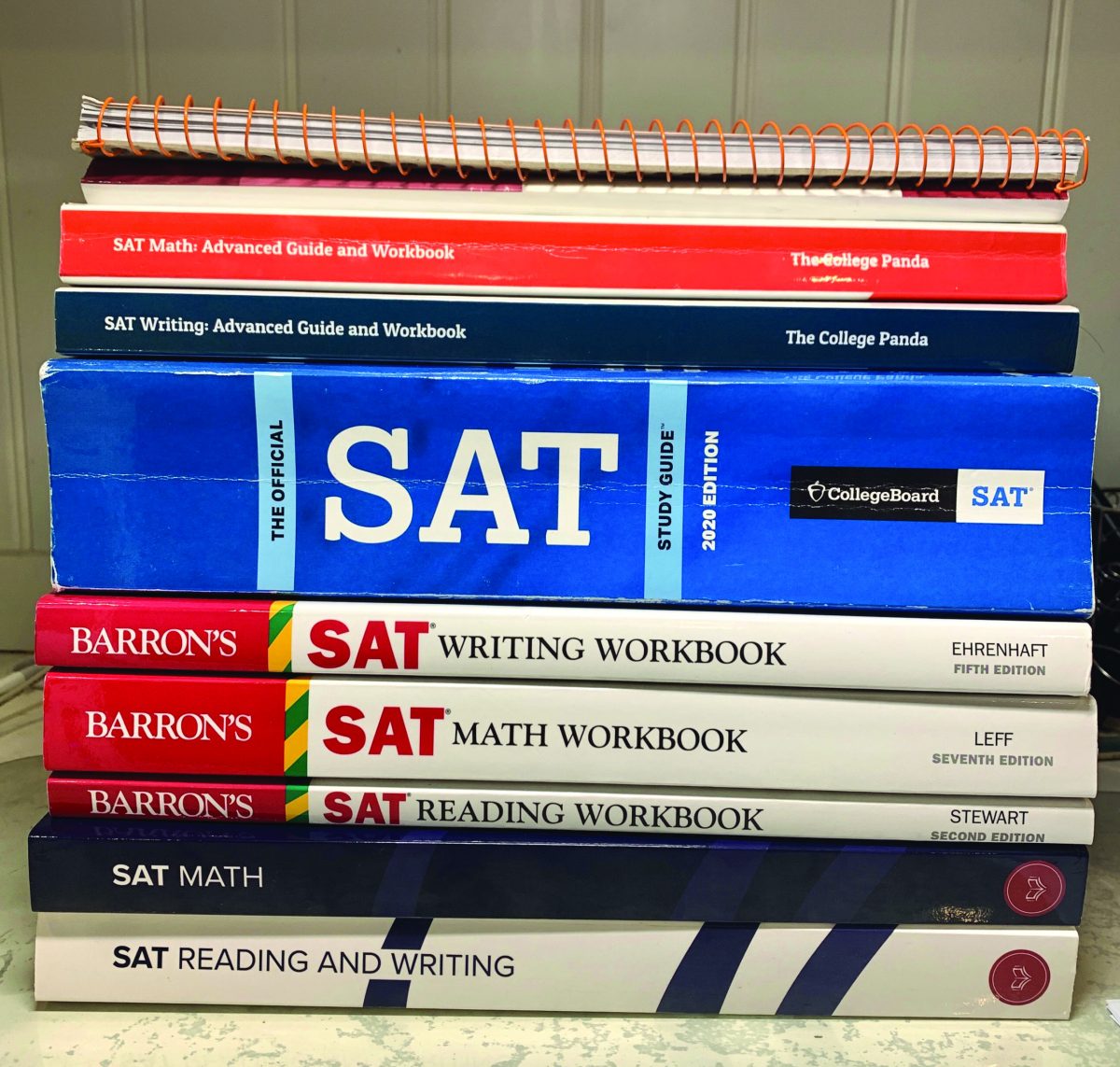Occupy Los Angeles does not look like your average protest. Nobody is screaming or chanting. A group is playing live rock music while kids hula hoop at the front of the concert. All around is the chatter of voices. A table prompts people to register to vote; a row of Halloween pumpkins bear the likenesses of politicians in lieu of scary faces. At the Kids’ Village, children sit with a few adults and color hand-drawn pictures of animals and people holding hands. One girl’s drawing has an Earth and music notes, as well as the scribbled word PEACE. She told me she wanted to put it on the wishing tree, but only after she shows her piano teacher at her next lesson.
Beginning Sept. 17, groups of Americans have been protesting the disparity of wealth distribution in modern America by physically occupying public space in an attempt to get their message across, though that message is not yet precisely defined. However, some are skeptical of the movement, believing it is radical, disorganized or simply a waste of time and money.
The Occupy movement began with Occupy Wall Street, a march across downtown Manhattan that protested the way in which large banks received bailout money to cover losses caused by risky decisions made by bank employees, while average Americans, who were not involved in the decision-making that cost many of them their homes, retirement savings or jobs, experience the true effects of the bad economy. The protesters are also taking a stand against a government they feel no longer truly represents them and focuses instead on the wishes of large corporations and the wealthy, who the Occupiers believe are not paying their fair share of taxes. According to the latest Gallup poll, 70% of Americans support raising taxes on major corporations by reducing deductions, and 66% support raising income taxes for the highest income bracket.
In their demonstrations, protesters physically occupy a symbolic place in a city, including Zuccotti Park in New York and outside City Hall in Downtown Los Angeles, and march around the city during daylight hours.
Decisions within the movement are not made by a specific leader, but by consensus in General Assemblies, which convene twice a day. The idea is that the movement is governed by total democracy. Because the groups would need a permit to have a speaker system of any sort in New York City, the protesters developed a system known as the “human microphone,” in which a speech is delivered in short phrases and repeated in unison by those surrounding the speaker, so all protesters can hear the information being discussed.
Occupy protests have sprung up across the country, including in Austin, Atlanta, Chicago, Philadelphia and Seattle; in Oakland, several rounds of tear gas and “flash bang” grenades have been fired to disperse crowds in recent weeks. Over 3400 people have been arrested in Occupy protests around the world. The protesters are not all in agreement about their ideal result – some wish to replace capitalism with a more equal system, others want all Americans to be more involved in democracy, and still others want equal opportunity for all citizens, regardless of socioeconomic class. Most of the protesters are college graduates, and many are registered voters. For those who are not, there is a table prompting people to register on site.
Not all Americans support the movement. One common argument against the protests cites the cost incurred by the government. The extra police forces surrounding the Occupy Wall Street protests have cost the City of New York upwards of $1 million, and the Occupy Los Angeles protests have cost City Hall over $100,000 in lawn maintenance. Additionally, a weekly farmer’s market has been forced to relocate.
Furthermore, some of those against the movement criticize the slogan, “We are the 99%,” and complain that the protesters lack diversity. Meant to highlight the fact that fewer than 1% of Americans control 80% of America’s wealth, the slogan has appeared on posters rallying the movement and has been made into a Tumblr with pictures and personal stories of Americans who say the 99% are working too many jobs and paying too much for college, when there is not enough opportunity in the current economy.






